Refine listing
Actions for selected content:
2252 results in Cambridge Elements
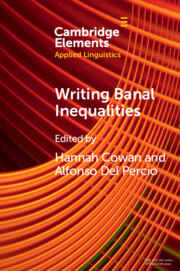
Writing Banal Inequalities
- How to Fabricate Stories Which Disrupt
-
- Published online:
- 26 May 2023
- Print publication:
- 22 June 2023
-
- Element
- Export citation
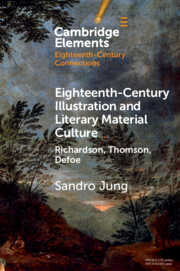
Eighteenth-Century Illustration and Literary Material Culture
- Richardson, Thomson, Defoe
-
- Published online:
- 23 May 2023
- Print publication:
- 15 June 2023
-
- Element
-
- You have access
- Open access
- HTML
- Export citation
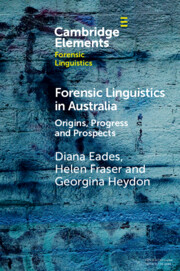
Forensic Linguistics in Australia
- Origins, Progress and Prospects
-
- Published online:
- 23 May 2023
- Print publication:
- 22 June 2023
-
- Element
- Export citation
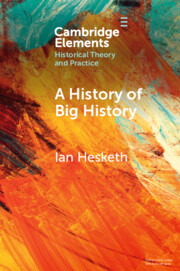
A History of Big History
-
- Published online:
- 22 May 2023
- Print publication:
- 15 June 2023
-
- Element
- Export citation
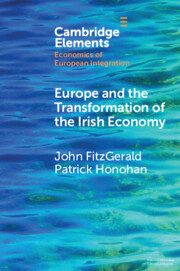
Europe and the Transformation of the Irish Economy
-
- Published online:
- 22 May 2023
- Print publication:
- 15 June 2023
-
- Element
- Export citation
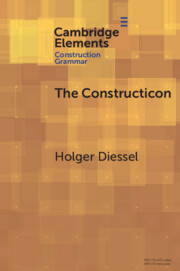
The Constructicon
- Taxonomies and Networks
-
- Published online:
- 20 May 2023
- Print publication:
- 22 June 2023
-
- Element
- Export citation
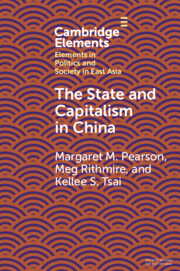
The State and Capitalism in China
-
- Published online:
- 20 May 2023
- Print publication:
- 29 June 2023
-
- Element
-
- You have access
- Open access
- HTML
- Export citation
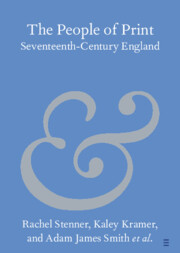
The People of Print
- Seventeenth-Century England
-
- Published online:
- 18 May 2023
- Print publication:
- 08 June 2023
-
- Element
- Export citation
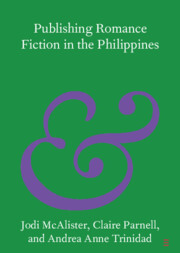
Publishing Romance Fiction in the Philippines
-
- Published online:
- 18 May 2023
- Print publication:
- 08 June 2023
-
- Element
- Export citation
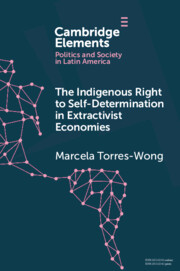
The Indigenous Right to Self-Determination in Extractivist Economies
-
- Published online:
- 18 May 2023
- Print publication:
- 15 June 2023
-
- Element
- Export citation
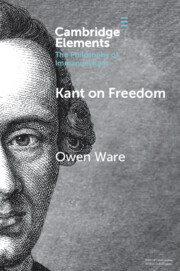
Kant on Freedom
-
- Published online:
- 17 May 2023
- Print publication:
- 08 June 2023
-
- Element
- Export citation
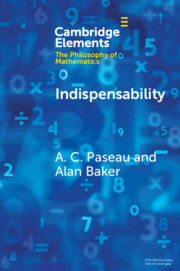
Indispensability
-
- Published online:
- 16 May 2023
- Print publication:
- 08 June 2023
-
- Element
- Export citation
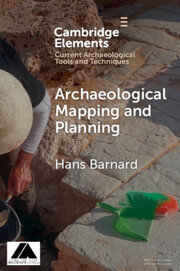
Archaeological Mapping and Planning
-
- Published online:
- 16 May 2023
- Print publication:
- 22 June 2023
-
- Element
- Export citation
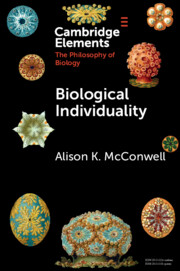
Biological Individuality
-
- Published online:
- 16 May 2023
- Print publication:
- 29 June 2023
-
- Element
-
- You have access
- Open access
- HTML
- Export citation
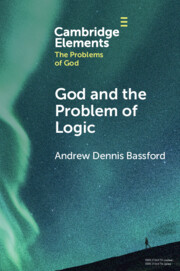
God and the Problem of Logic
-
- Published online:
- 15 May 2023
- Print publication:
- 08 June 2023
-
- Element
- Export citation
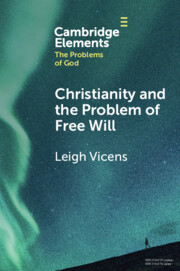
Christianity and the Problem of Free Will
-
- Published online:
- 15 May 2023
- Print publication:
- 08 June 2023
-
- Element
- Export citation
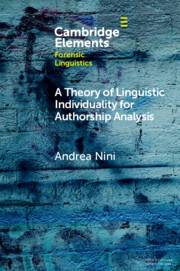
A Theory of Linguistic Individuality for Authorship Analysis
-
- Published online:
- 12 May 2023
- Print publication:
- 15 June 2023
-
- Element
-
- You have access
- Open access
- HTML
- Export citation
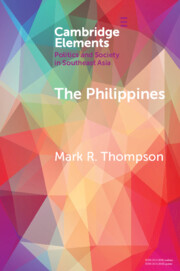
The Philippines
- From ‘People Power’ to Democratic Backsliding
-
- Published online:
- 11 May 2023
- Print publication:
- 25 May 2023
-
- Element
- Export citation
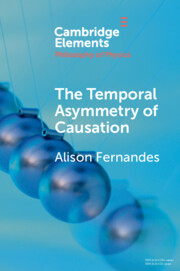
The Temporal Asymmetry of Causation
-
- Published online:
- 10 May 2023
- Print publication:
- 01 June 2023
-
- Element
- Export citation

Benefit-Cost Analysis of Air Pollution, Energy, and Climate Regulations
-
- Published online:
- 10 May 2023
- Print publication:
- 08 June 2023
-
- Element
-
- You have access
- Open access
- HTML
- Export citation
